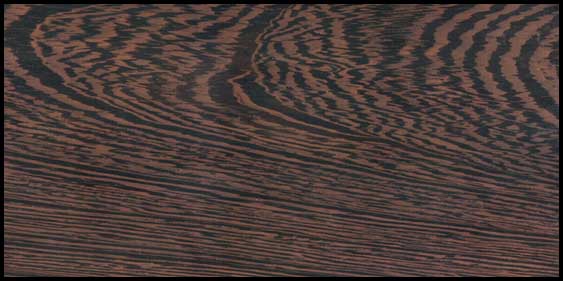First post so here goes,
We recently moved into a bungalow with a basement made of wall to wall pine cladding.
It would take forever to strip and resand the existing varnish, but we want a dark vengé style varnished look instead of the orange pine look.
is there a product that can just revarnish over the existing pine colour to achieve the dark stain without taking away from the original grain?
I dont want to paint over it as I wish to obtain some sort of opacity and still see the grain.
Cheers
Marco
We recently moved into a bungalow with a basement made of wall to wall pine cladding.
It would take forever to strip and resand the existing varnish, but we want a dark vengé style varnished look instead of the orange pine look.
is there a product that can just revarnish over the existing pine colour to achieve the dark stain without taking away from the original grain?
I dont want to paint over it as I wish to obtain some sort of opacity and still see the grain.
Cheers
Marco






